The firmãs founder and chairman is happiest breaking new ground with innovative and thought-provoking schemes, driving his vintage Aston Martin and eating fish and chips
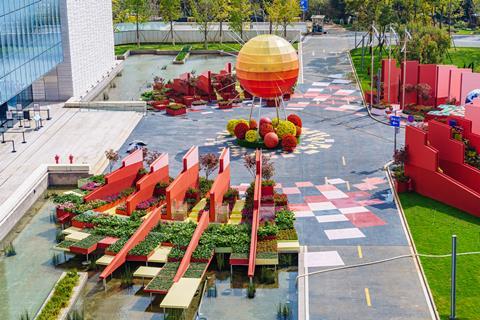
Why did you choose construction as a career?
My dad was a significant player in the UK construction industry during the post-war years and, when I told him I was thinking of studying art after leaving school, he went white and said, ãSon, why not try architecture?ã
I reminded him that he had always been very rude about architects. Father and son relations dipped briefly, but I did follow his advice.
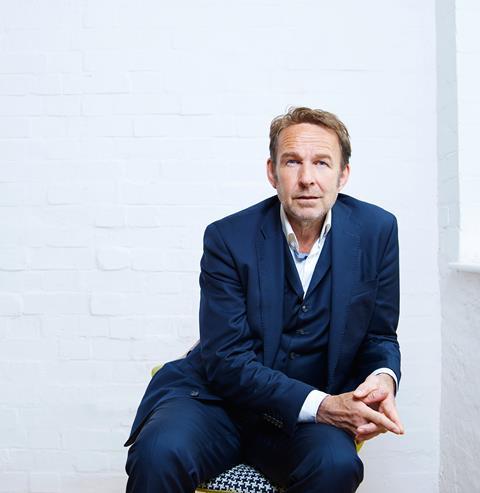
What are you most proud of in your career to date?
One of my proudest moments was being shortlisted for the RIBA Stirling Prize in the early 2000s with a very commercial building - the greenest supermarket in the world - which at the time broke new environmental ground. It was early days for the sustainable approach to building and we were ahead of the game.
We won a lot of awards including ¤ÖÑÇèÓú½ãs Architectural Practice of the Year.
If you could change one thing about the industry, what would it be?
I would reform the procurement process, particularly design and build. I think procurement in the UK is generally based around time and cost, with quality coming in a very poor third. This is why most commercial buildings have a shelf-life of only 30 years, representing a highly unsustainable approach to architecture.
This process is also the final nail in the coffin of an architectãs best design intentions. An initially innovative idea can slowly melt away through the planning process and stakeholder recommendations, but it is through design and build that a project is often ultimately stripped of any real quality.
What has been the biggest challenge of your career to date?
The biggest challenge to date for me is allocating time to do what I believe I am good at and not being distracted by less relevant tasks. It happens a lot when you are running your own business and requires strong faith in delegating responsibilities.
What is the most helpful advice that you have been given?
It wasnãt really advice, but the experience of working on building sites in my summer holidays and recognising how difficult conditions were. It allowed me to understand how architectsã beautifully crafted design drawings are finally implemented.
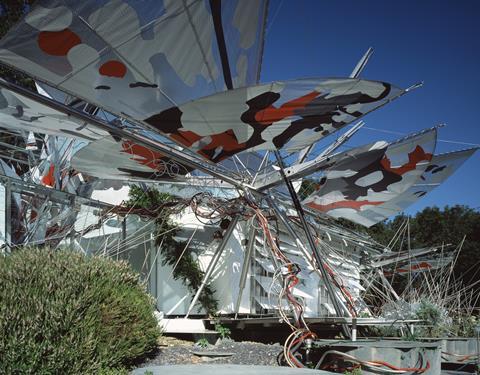
Name your favourite building in the world?
Gaudiãs Sagrada FamûÙlia in Barcelona. It is also the one project that I would love to have worked on. It is very much about art and architecture in harmony, the building was truly crafted as it went along and continues to be.
These days there are not many buildings around where you get this combination of art and architecture, or opportunities for architects to design them.
I believe we managed it with the Butterfly House, which we designed and built in the early 2000s, but it is fundamentally easier with installations than with buildings. This was the vision behind our design for the centrepiece of the COP15 Conference: The Future City Garden: Nature and City, which was unveiled in Kunming, China last month.
It is one of the projects I have most enjoyed working on in my career and I hope we get the chance to do more of these types of innovative and thought-provoking schemes in the future.
What one piece of advice would you give to someone starting out in your profession?
Be true to yourself. Too many architects just copy what has gone before. As a profession, we seem to be stuck in a design world created by our forebears.
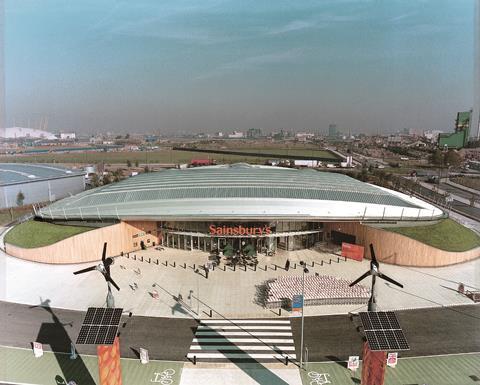
Who do you most admire in the construction industry?
Iãm drawn to the mavericks in the construction industry, people who buck the trend and who are willing to take risks: Patrick McGillycuddy of Gazeley, GLP and now chairman of Glencar Construction is someone I admire immensely; Richard Upton chief executive of of U+I, and the late, great Ian Coull of Sainsburyãs and Segro.
What is it like being you (and doing your job)?
Itãs good fun! Itãs a profession that I enjoy so, if I have to work at the weekend, that is not a huge chore. The great thing about running your own business is that there is always an opportunity or a chance that something you do will break new ground or make a difference.
I donãt see myself ever retiring ã at least until Iãm told to! I used to play a bit of football and I thought I could play forever. It was only when people stopped passing the ball to me that I realised it was time to hang up my boots.
Do you have a life philosophy?
Understanding what you are good at is not half as important as understanding what you are not good at. Once you appreciate the latter, everything falls into perspective.
Tell us about a secret skill that we donãt know you have
Playing the harmonica - badly - which is why my family does whatever it takes to ensure that it remains a secret.
What is your most prized possession?
If we are talking material things, my most precious possession is my Aston Martin V8 1973ãÎ a car that needs driving.
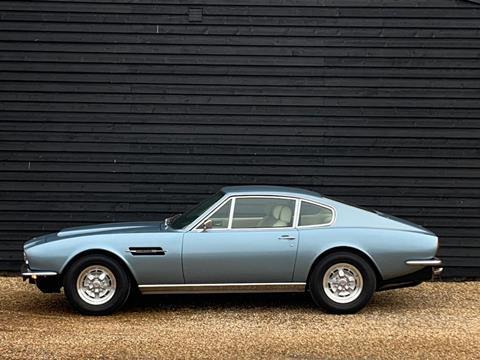
Early bird or night owl?
I seem to be more creative at the beginning of the day and then everything tails off. I presume ultimately as I get older that the creative window will get smaller and smaller until I am totally ineffectual at any time of the day and night.
What is your favourite food?
Fish and chips. I would have that every day if I could but, unfortunately, thatãs 1,000 calories a go and as I am trying to keep the weight off it becomes an increasingly rare luxury.
What would your superpower be?
Either to be invisible (great when things go wrong in site meetings) or to be able to fly, which would mean I could take cheaper and more sustainable holidays.
Chetwoods recently designed the centrepiece of the 15th United Nations Biodiversity Conference (COP15), which opened in Kunming, China, in October this year. The installation, Future City Garden: Nature & City, is a thought-provoking depiction of biodiversity, created through architectural and landscape design; encapsulating COP15ãs ideals, and communicating the Conferenceãs key thematic messages relating to food, sleep, shelter, air, and water.






















![BV5A2388[11] copy](https://d3sux4fmh2nu8u.cloudfront.net/Pictures/100x67/9/4/2/1928942_bv5a238811copy_953056_crop.jpg)

![RED South West - Derek Quinn[2][1][1]](https://d3sux4fmh2nu8u.cloudfront.net/Pictures/100x67/8/8/8/1920888_redsouthwestderekquinn211_948374_crop.jpg)


No comments yet